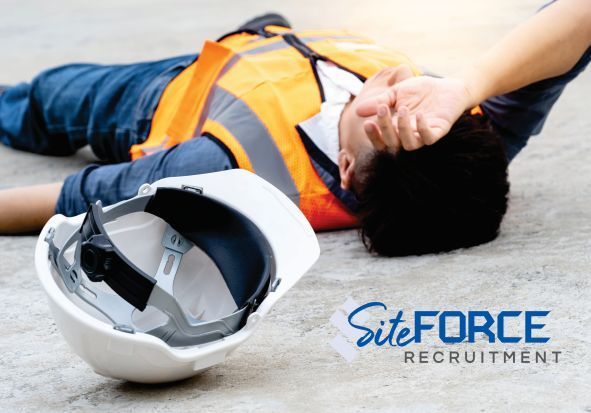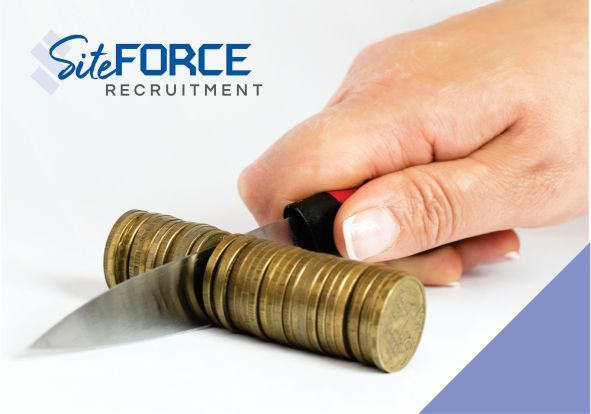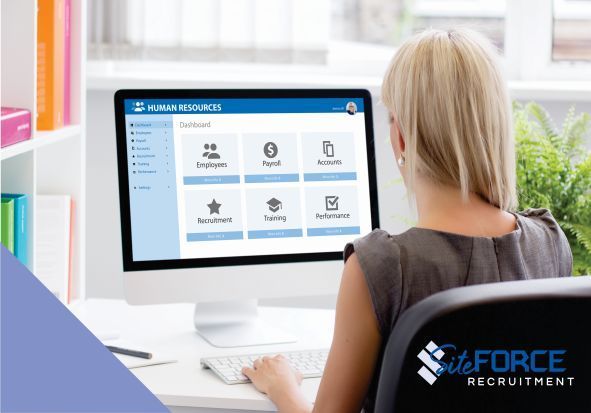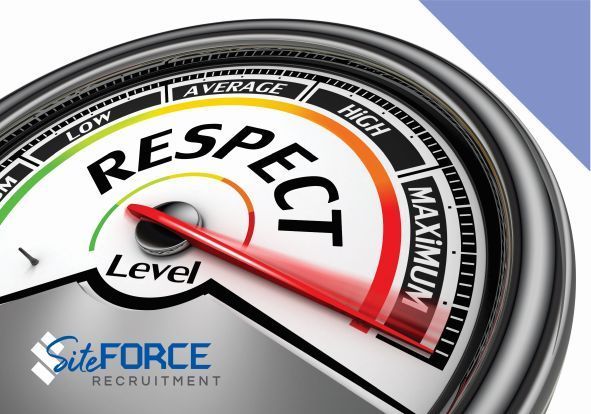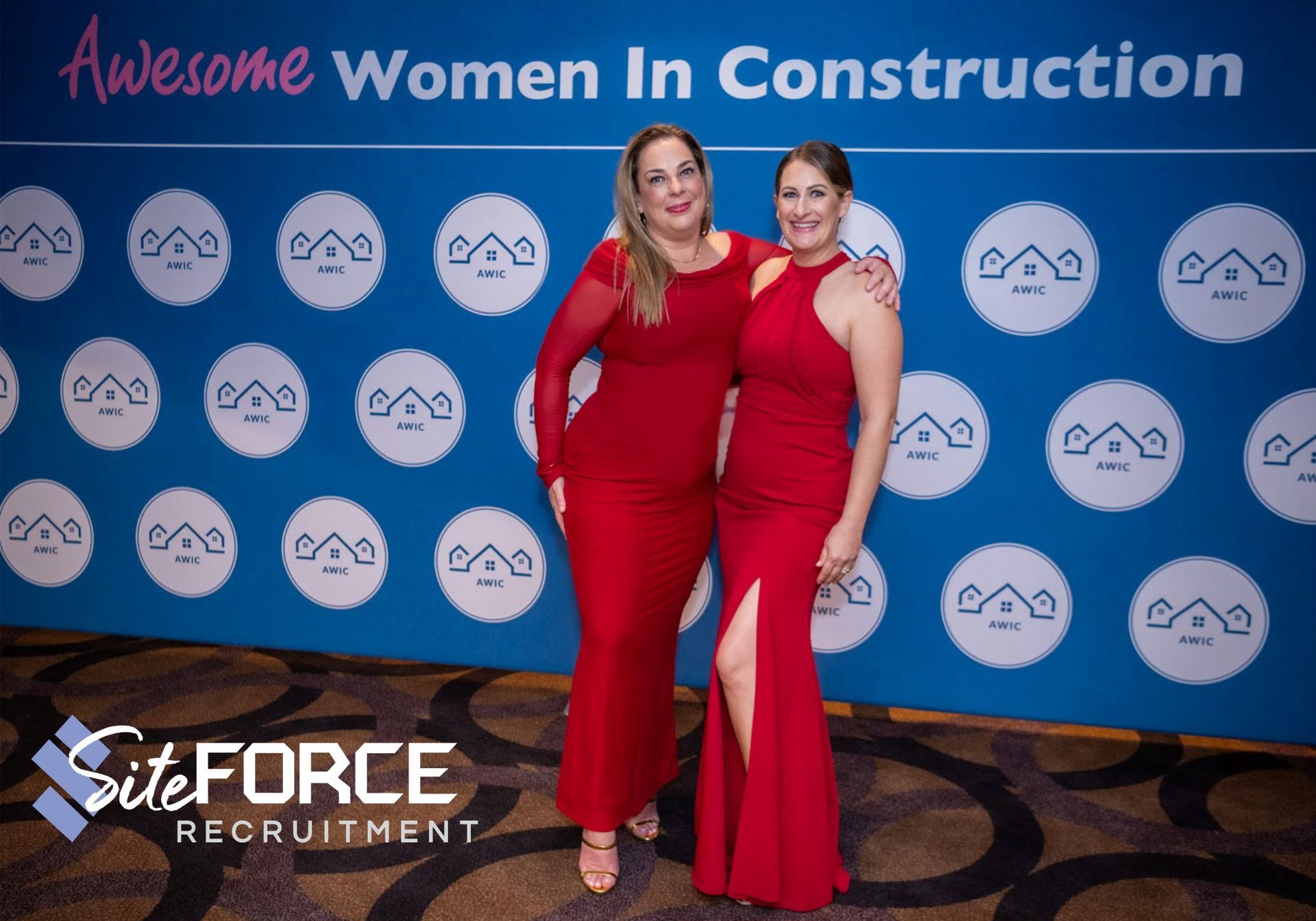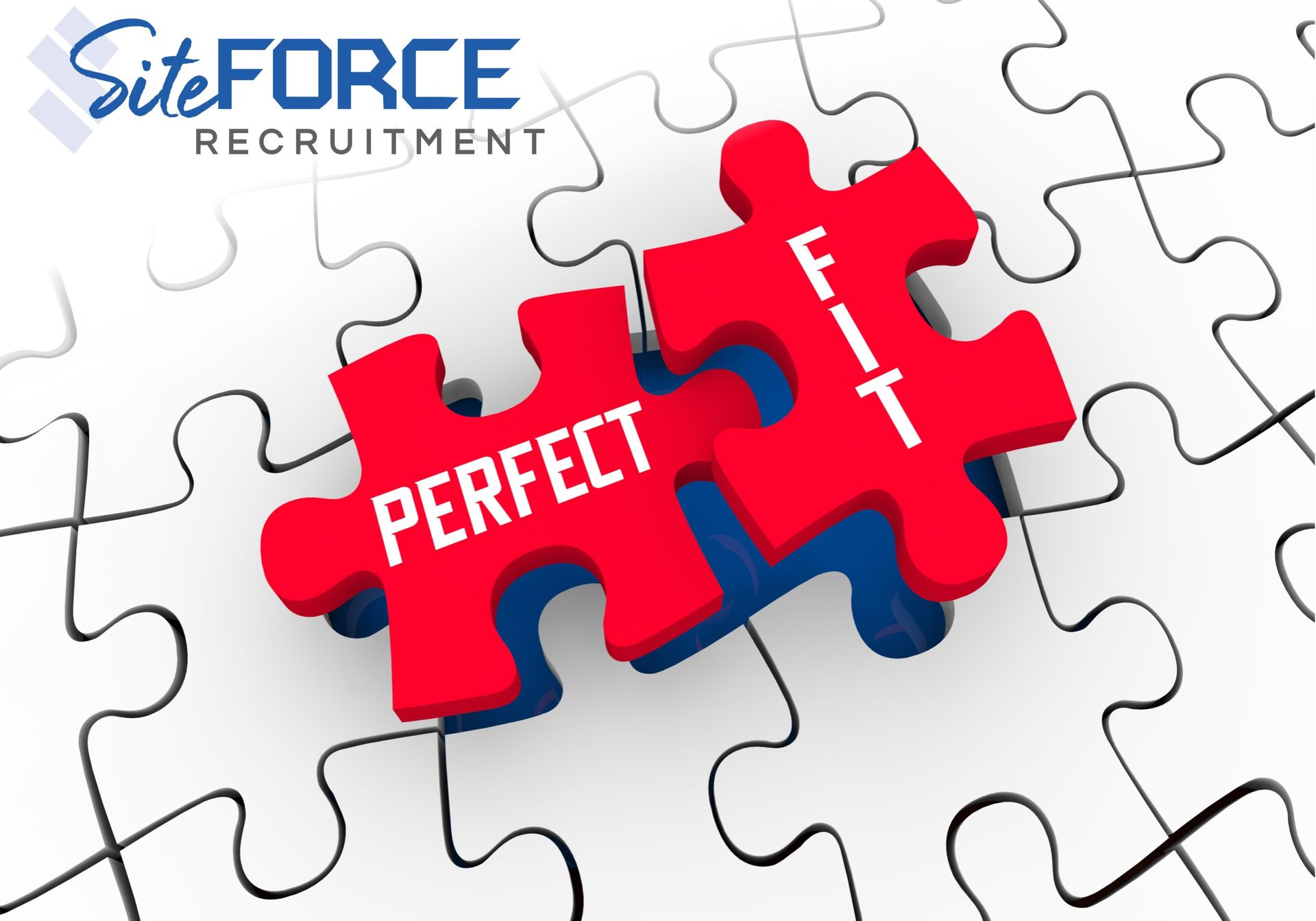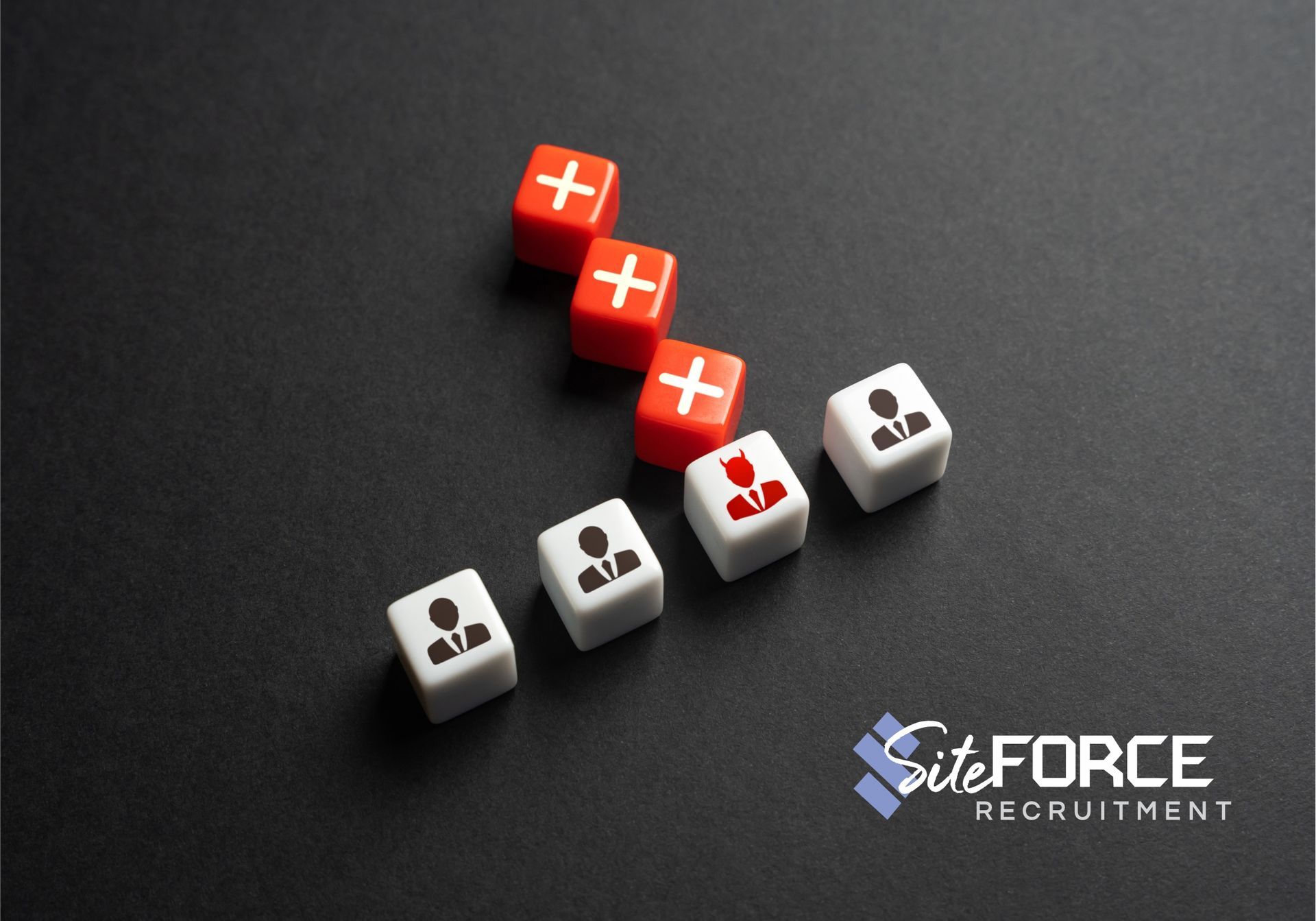SiteForce Summer Survival Guide
For Tradies, their mates and families
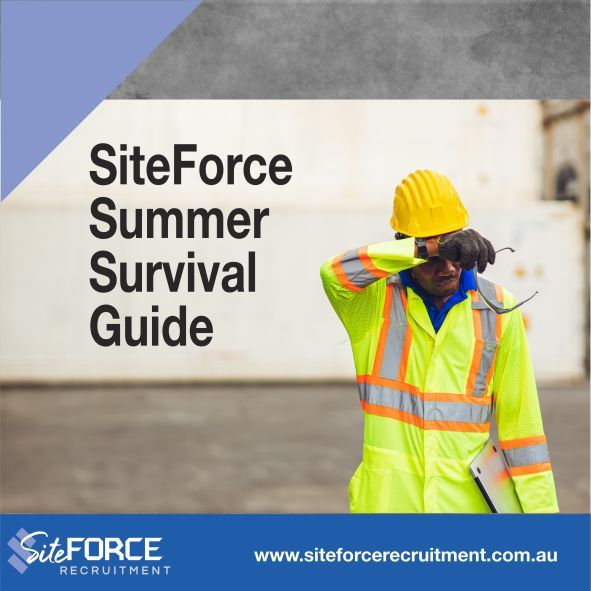
Did you know, the death toll from heat in Australia has exceeded that for any other environmental disaster, including floods, bushfires and cyclones? Even fit, healthy people can develop heat stroke.
The Bureau of Meteorology in their long range forecast for this Summer have predicted that January to March minimum temperatures are ‘very likely’ (don’t you love that) to be warmer that median temperatures.
Summer for construction brings longer daylight, less wind and rain, and builders and tradies are looking to get even more jobs done. While there are a lot of pros to working in summer in Queensland, there are also some risks to be aware of. According to Doctors for the Environment in Australia, heatwaves have been called a ‘silent’ killer, and they are predicted to become more frequent, more intense and longer in duration. High humidity levels, typical of a beaut summer day in Queensland, reduces the ability of sweating to cool the body.
Overheating occurs when the body is surrounded by a temperature close to or exceeding body temperature of 37 degrees Celsius in the presence of dehydration. If the body’s temperature is unable by evaporation of perspiration or moving to cooler surroundings, the result may range from mile to sever from heat stress, heat exhaustion and to heat stroke.
In this survival guide, we’ll show you how to beat the heat and get more done safely, and also how to look out for your mates. In fact, this guide applies to everyone. It’s essential that you learn to spot the signs of heat stress, heat exhaustion and heat stroke and treat them quickly. According to Doctors For the Environment Australia, there are three stages to watch for:-
- Heat stress: a perception of discomfort related to heat exposure, with weakness, fatigue, cramps and dizziness.
- Heat exhaustion: associated with an elevated core body temperature above 39 degrees Celsius and a reduced amount of fluid in the body due to sweating without adequate fluid replacement
- Heat stroke: a core body temperature above 40.5 degrees Celsius with confusion and impaired consciousness. It can be fatal if treatment is delayed.
Be Prepared
If you have a medical condition, ask your doctor for advice on how to manage the heat. Plan ahead to reduce the risk of being affected by the heat. Be aware of the early signs of heat stress for yourself, and also for those that you work with:
- Rising body temperature
- Dry mouth and eyes
- Headache
- Shortness of Breath
- Vomiting and nausea
- Absence of tears when crying
- Confusion or slurred speech
- Fainting
Bottoms up
No, we’re not talking about Friday arvo knock-off drinks. We’re talking about water. You should keep water with you year round, but it’s even more important in summer.
Keep a bottle of water at arm’s reach while you work, or better yet in an esky nearby. Drink 2-3 litres of water a day at regular intervals, even if you do not feel thirsty. If your fluid intake is limited on medical advice, ask your doctor how much you should drink during hot weather. Sports drinks do not replace water. Don’t drink alcohol, soft drinks, tea or coffee as they worsen dehydration.
Eat well
After a morning of hard yakka on the building site, grabbing some hot and greasy fast food for lunch can really hit the spot. But while tasty, these foods don’t give you enough nutrition, especially during the summer heat.
Instead, eat a healthy and balanced diet to help you work in construction. Eat as you normally would but do try to eat cold foods, particularly salads and fruit. Avoid heavy protein foods (e.g. meat, dairy products) which raise body heat and increase fluid loss.
The healthier your diet is, the stronger you will be and better able to cope with the summer slog.
Sleep well
We bet you’ve always found it hard to sleep during warm months. Turns out that hot weather makes it harder for your body to go into the proper sleep cycle. Normally you need to reach rapid-eye-movement (REM) sleep several times a night to feel properly rested, but heat prevents this stage of sleep.
But now that you know why it’s so hard to feel rested in summer, you can take the proper steps to get a good night’s sleep. Rather than tossing and turning all night, make sure your room is cool enough.
Keep Out of the Heat as much as possible
Where possible, talk with your direct report, and plan your day to keep your heaviest activities to a minimum during the hottest part of the day. If you can, avoid going out in the hottest part of the day (11am–3pm). If you go out, wear lightweight, light-coloured, loose, porous clothes. If you have a bandanna, dip it in cold water and put around your neck to help cool the blood flow through the carotid artery in the neck. By soaking it in cool water, the evaporation in the heat will provide a cooling effect. And, if you don’t have a SitForce Bandanna, just ask! Wear a wide-brimmed hat and sunscreen and regularly rest in the shade. Above all, drink plenty of water. Splash yourself several times a day with cold water, particularly your face and the back of your neck.


